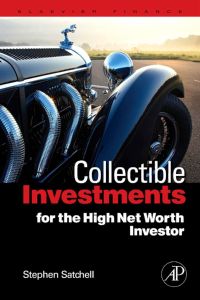Question
QUESTION-1 A project requires an initial investment of $15,000 and has annual cash flows of $3,000 for 20 years. If the discount rate is 10%,
QUESTION-1
A project requires an initial investment of $15,000 and has annual cash flows of $3,000 for 20 years. If the discount rate is 10%, what is the discounted payback period?
Multiple Choice
5 years
6 years
7 years
8 years
QUESTION-2
What is the net present value of a project with the following cash flows if the required return is 8.2%?
Year Cash Flow 0 $35,270 1 12,660 2 14,740 3 19,870 4 11,180
Multiple Choice
$23,180.00
$11,792.22
$14,701.99
$12,864.24
QUESTION-3
A project requires an initial investment of $438,500 and will generate equal annual cash flows over its 9-year life. What is the minimum annual cash flow required to accept the project if the required return is 8%?
Multiple Choice
$67,303.82
$76,305.47
$70,194.95
$65,060.36
QUESTION-4
Which of the following statements about the internal rate of return (IRR) rule is false?
Multiple Choice
The IRR and the NPV rules may reach conflicting decisions in case of mutually exclusive projects.
A project with conventional cash flows should be accepted when its IRR is greater than the required return.
The IRR is equal to the required return when the net present value is equal to zero.
A project might have multiple IRRs when cash flows are conventional.
QUESTION-5
You are considering a project with an initial cost of $110,000, an inflow of $50,000 in Year 1 and an inflow of $84,800 in Year 2. If you require that your projects create a minimum of $0.08 for every $1 invested, what is your decision on this project at a discount rate of 10%?
Multiple Choice
Accept the project because the PI is 0.05
Reject the project because the PI is 0.05
Accept the project because the PI is 0.10
Reject the project because the PI is 0.10
QUESTION-6
You are operating an old machine which costs $10,000 annually to operate and is functional for 4 more years. In order to replace it now with a new machine, what should be the maximum cost of buying this new machine which has a life of 4 years and costs only $4,000 annually to operate? The opportunity cost of capital is 11%.
Multiple Choice $18,614.67 $15,209.84 $14,410.99 $10,338.56
QUESTION-7
Treasury bonds provide a maturity premium due to: Multiple Choice the risk of changing interest rates. the risk of default. their asset-specific risk. the uncertainty of their maturity date.
QUESTION-8
A potential investor compares the standard deviations of individual common stocks to the standard deviations of diversified portfolios of common stocks. What is the most likely conclusion reached by this investor?
Multiple Choice The individual stock's standard deviation is typically lower. The individual stock's standard deviation is typically higher. The standard deviations should be equal. There is no relationship.
QUESTION-9
An investment returned 18%, 12%, 9%, 11%, and 15% over the past five years. What is the standard deviation of returns? Multiple Choice 9.2% 10.3% 12.4% 14.6%
Step by Step Solution
There are 3 Steps involved in it
Step: 1

Get Instant Access to Expert-Tailored Solutions
See step-by-step solutions with expert insights and AI powered tools for academic success
Step: 2

Step: 3

Ace Your Homework with AI
Get the answers you need in no time with our AI-driven, step-by-step assistance
Get Started


